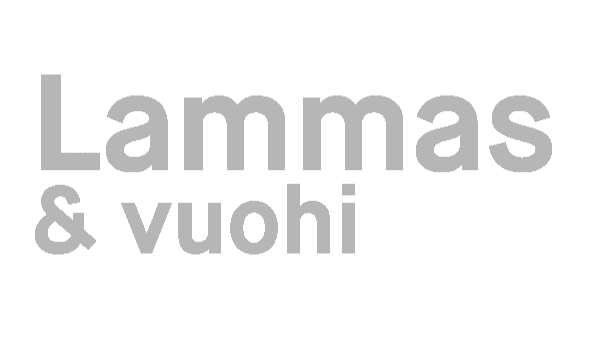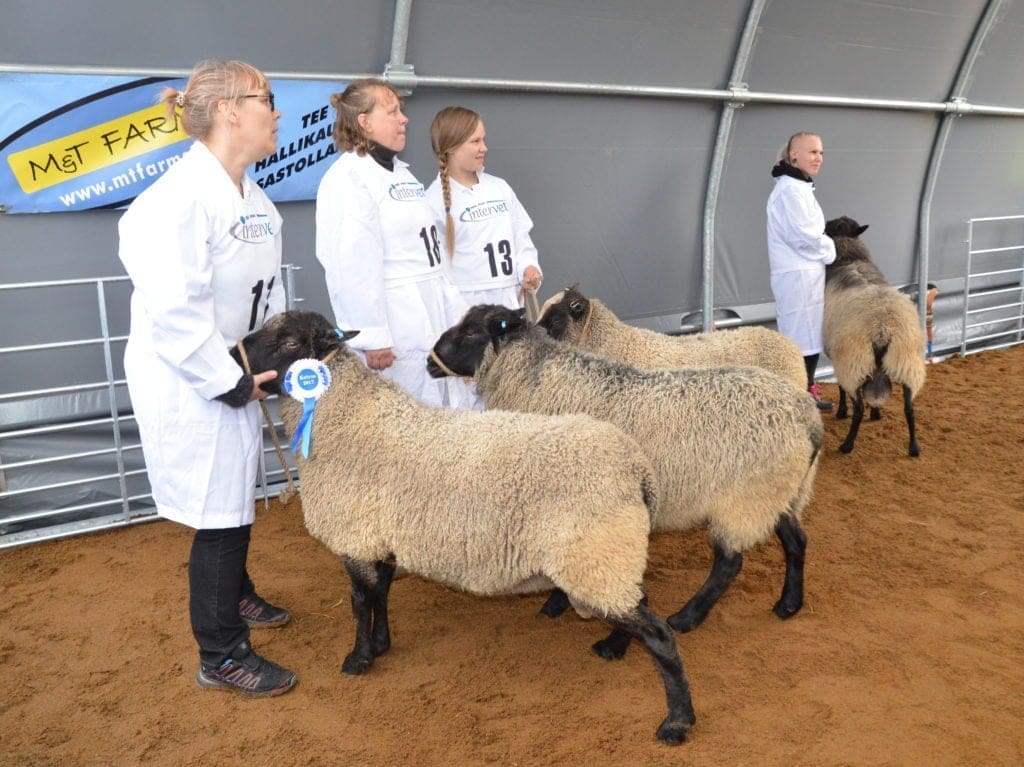Basics of Breeding
ProAgria maintains a monitoring and pedigree register of qualified sheep breeding farms in cooperation with Finnish Sheep Breeders Association. The work is monitored by Ruokavirasto´s (Finnish Food Authority) animal welfare control unit.
ProAgria maintains pedigrees for the following breeds:
– Landrace breeds: Finnsheep (SS1), Kainuu Grey (KK1), Finnish Landrace goat (SS1)
– Imported breeds: Texel (TT1), Suffolk (UU1), Rygja (RR1), Oxford Down (XX1), Dorset (FF1), Gotland (HH1), East Friesian (II1), Dala (LL1), Shropshire (EE1).
Unlike other breeds, Åland sheep (AA1) is monitored by its breed association, Föreningen Ålandsfåret r.f.
Breeding goals
The goal of sheep breeding is to improve the genetic quality of the sheep so that profitability and quality are improved without compromising the animals’ health and welfare. Preserving genetic variation is to be kept in mind as a long term goal.
The primary traits to improve include:
– growth rate
– body quality
– fertility
– mothering ability
– endurance
– build
Wool quality and color range are also to be considered for Finnsheep breeding. Additional information about the properties of wool can be found in the wool guide by Marja-Leena Puntila. For imported breeds the main focus of breeding is in improving muscularity and growth rate.
Breeding is a long term process and requires careful planning; for this, a breeding program should be created. The central parts of a breeding program are breeding goals, assessment of the livestock’s genetics, and selection of livestock based on that assessment. ProAgria’s sheep breeding advisors utilise weighing, musculature measurements using ultrasound, and evaluations based on the EUROP system. These measurements are performed on four month old lambs. The evaluations produce a set of BLUP indices for use in selection of individual animals. For each breed, separate indices comparable within that breed will be calculated.
BLUP indices for sheep:
Weight gain index represents the animal’s genetic disposition for growth. It is calculated using the lamb’s weight and the registered weights of related individuals at four months of age.Conformation index represents genetic disposition for musculature development. It is calculated based on muscle measurements performed with ultrasound.
Back fat index represent genetic disposition towards development of fat tissue. Back fat thickness is measured using ultrasound. A low index value indicates high tendency towards fat development.
Net merit index is a composite index calculated from growth rate, musculature and back fat values. Different traits will be given different weigths based on economic coefficients. This index is well suited for selection of breeding stock.
EUROP index is calculated using the EUROP classification method and represents the heritability of the carcass classification. For each index in the grid, a value of 100 represents the average within the animal population. Animals with better than average genetics receive a value above 100, while lower quality ones receive a value below 100. Only 2.5% of individuals receive a value of 120 or higher. Two-thirds of the population receive a value between 90 and 110.
For a sheep farm to be profitable, meat production is an important factor. The number and weight gain of lambs birthed and weaned by each ewe are used to determine the ewe’s yearly and lifelong production rates. An ideal ewe is fertile, healthy, productive, and takes good care of lambs. Milk production capability has a significant effect on the lambs’ growth and thus also affects productivity and profitability.
Rams have a major effect on the development of the overall genetics of the population due to the large number of offspring each ram produces. Breeding rams should be acquired from breeding farms that are under active animal recording, as this allows taking both the individual ram’s and its relatives’ capabilities into consideration when selecting. The ram auction held each autumn offers representatives of the best rams in each generation and gives a good opportunity to compare both individual animals and their genetic lines. Lammasnetti is a website maintained by ProAgria Southern Finland that serves as a meeting place for animal sellers and buyers. The site also lists the rams available for sale during the auction each autumn.
ProAgria maintains a monitoring and pedigree register of qualified sheep breeding farms in cooperation with Finnish Sheep Breeders Association. The work is monitored by Ruokavirasto’s (Finnish Food Authority) animal welfare control unit.
Kainuu Grey rams at a Ram Show in Juva, Finland 2017.

